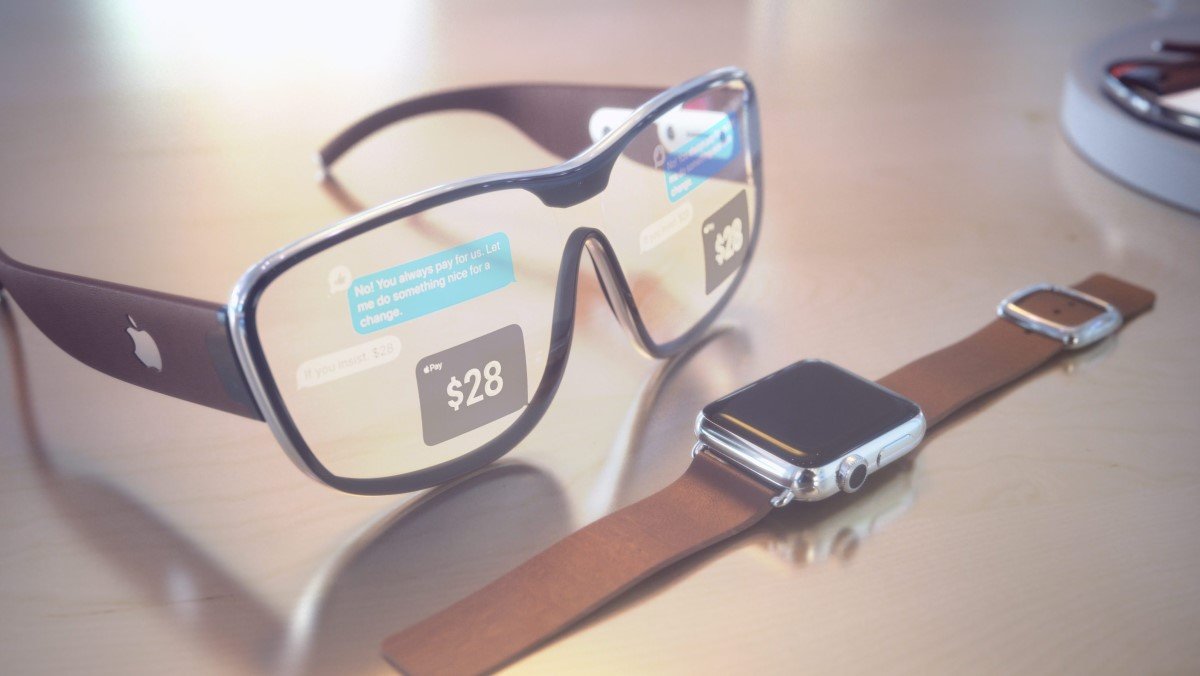Apple is reportedly working on its first augmented reality (AR) glasses which will allow users to carry out various tasks without physically touching their iPhones. Now, a team of analysts at Morgan Stanley predicts that Apple’s entry into the AR eyewear market will be the “game changer” for all, manufacturers and consumers. “Apple has a long history of disrupting new markets and ultimately growing the addressable market size well beyond initial expectations.”
Augmented reality (AR) technology delivers an interactive and immersive experience of the real-world environment in which objects in the real world are enhanced by computer-generated images like the Pokemon Go mobile game. Microsoft and Snap are the pioneers in AR headsets but according to the analysts, “they are just warm-up acts before Apple takes the stage”.

Apple’s gradual development of AR technology over several years will propel it to dominate the AR smartglasses market
Apple has been slowly developing AR technology on iOS and iPadOS platforms. The company introduced the ARKit development platform for AR applications on iOS devices in June 2017. It introduced its first smartphone with 3D sensing technology, the iPhone X, in November 2017. In 2020, high-end iPhone and iPad models launched the LiDAR scanner for the 3D AR experience.
“Apple has a long history of disrupting new markets and ultimately growing the addressable market size well beyond initial expectations,” the investment bank said.
Also, Apple topped Google, Samsung, Amazon (AMZN), Microsoft and Facebook as first choice for smart glasses in a Harris Poll in June. Apple was the preferred choice of 35% of respondents when it comes to augmented reality and virtual reality devices.
Furthermore, patent filings by the tech giant revealed that it has been developing AR tech even before it started work on Apple Watch. However, the challenges associated with the tech have likely obstructed the tech giant from launching its AR glasses until now. The company’s AR glasses are expected to launch in 2022 or early 2023. The report states:
“The enormity of the technical challenge — compressing daylong battery, 5G, compute, cameras, lidar, projectors and wave guide lenses into a lightweight, attractive pair of glasses — is hard to overstate,” the analysts said. “But we are approaching liftoff.”